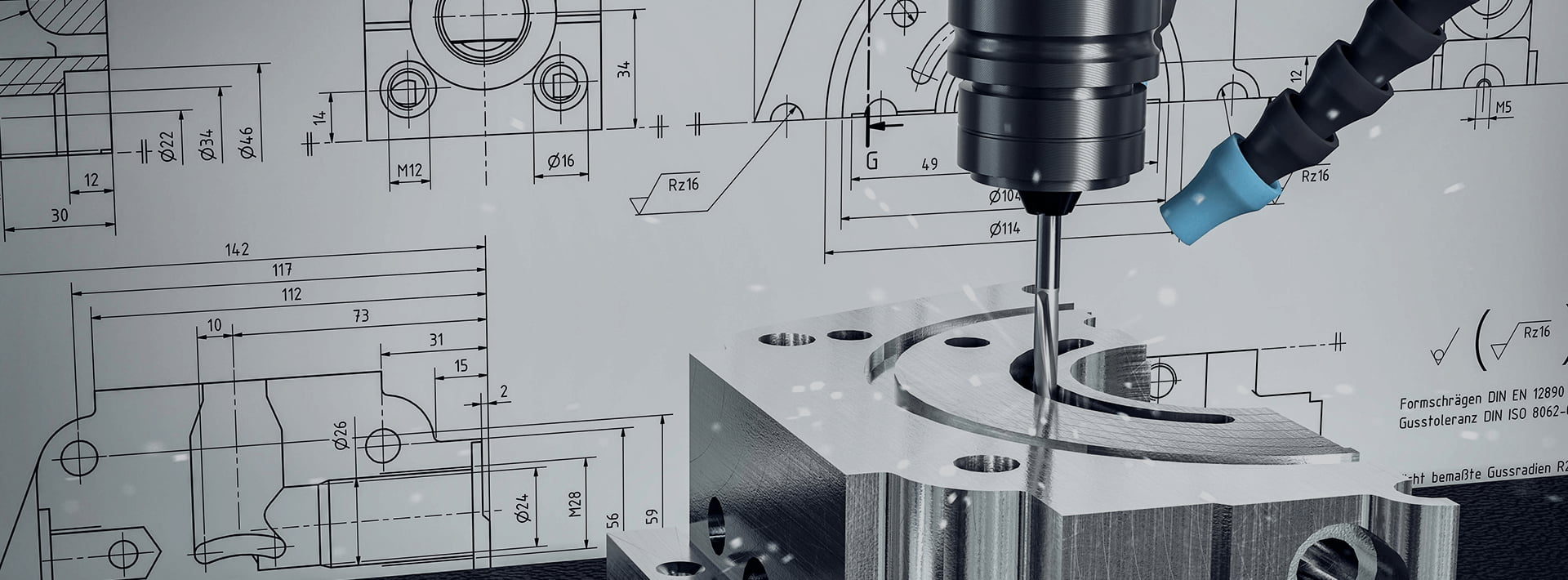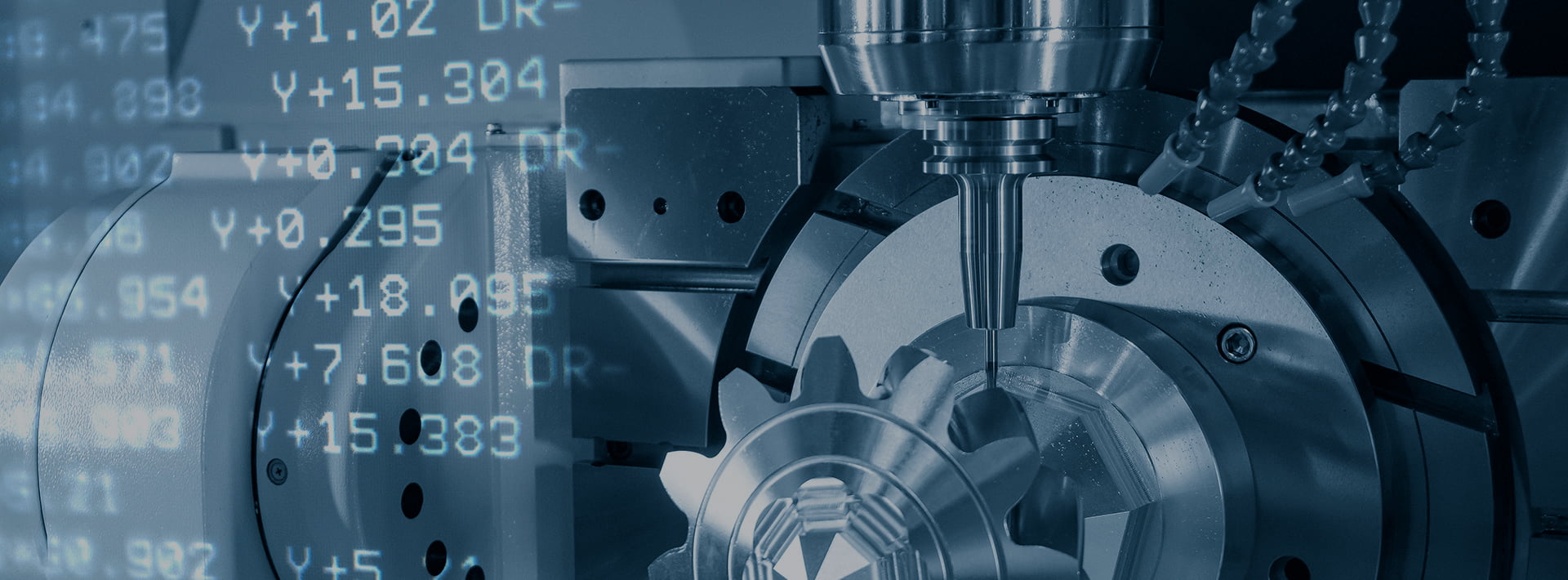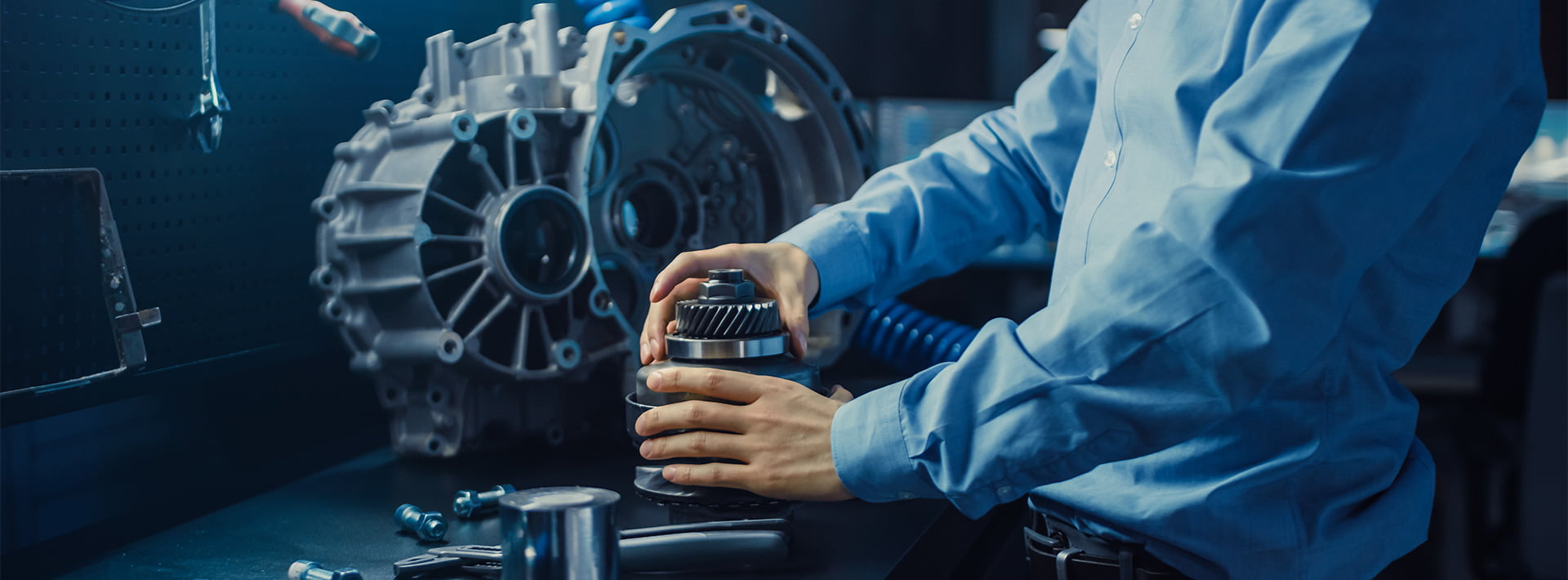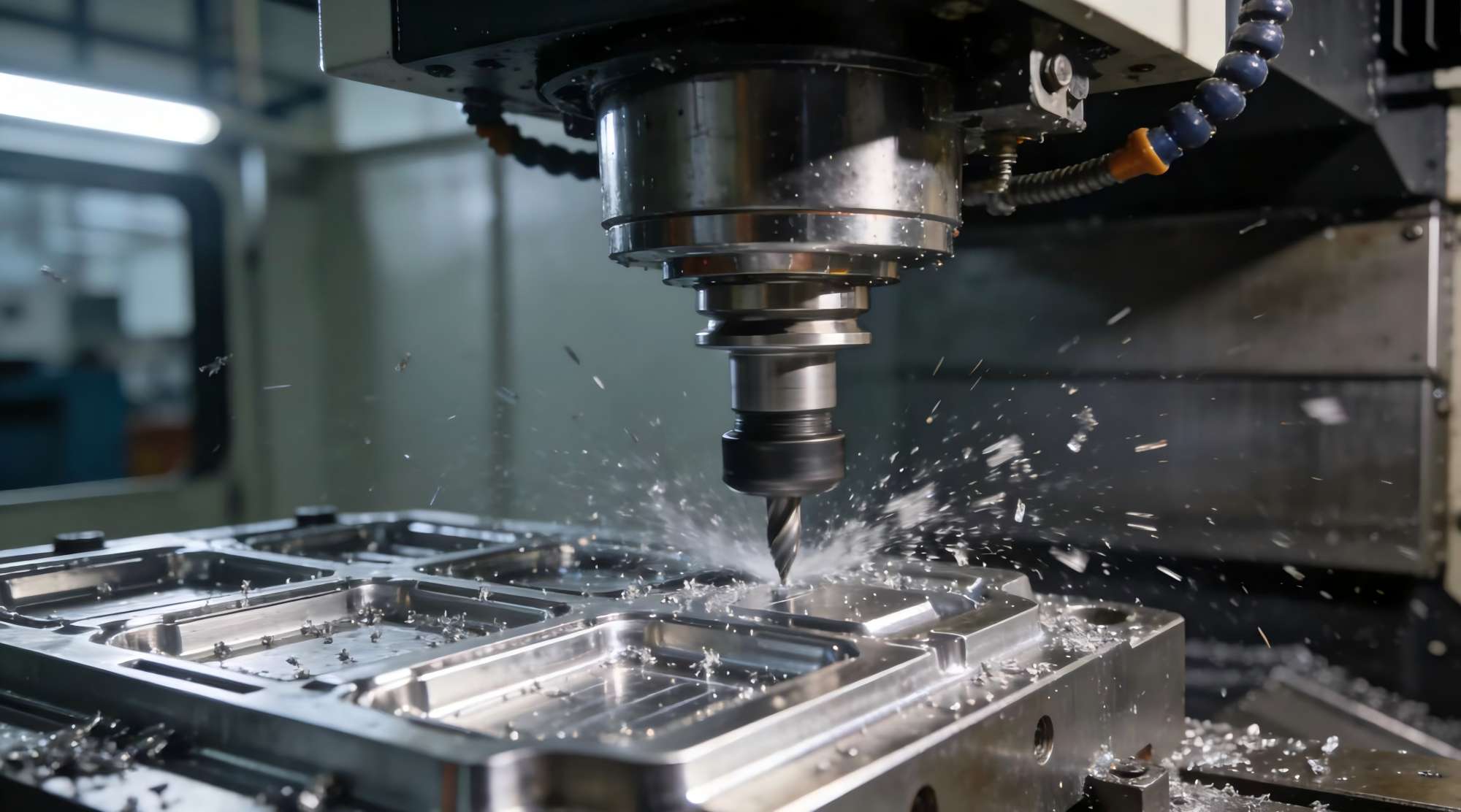Understanding CNC Machine Tolerances and Their Impact on Part Accuracy
CNC (Computer Numerical Control) machining is a highly precise manufacturing process, but no machine can produce parts with "perfect" accuracy. Tolerances define the allowable variation in a part's dimensions and are critical for ensuring functionality, interchangeability, and quality. Here's a breakdown of CNC tolerances and their impact on part accuracy:
First. What Are CNC Tolerances?
Tolerances specify the "permissible deviation" from a part's nominal (ideal) dimensions. They are typically expressed as:
- +/- (plus/minus) values(e.g., =+/-0.005" or +/-0.1 mm)
- Geometric tolerances (flatness, concentricity, etc.)
- Unilateral or bilateral tolerances (variation allowed in one or both directions)
Common CNC Tolerance Standards
- Standard Tolerances:
- Rough machining: +/-0.010" - +/-0.030" (0.25 - 0.76 mm)
- Standard CNC: +/-0.005" - +/-0.010" (0.13 - 0.25 mm)
- Precision CNC: +/-0.001"- +/-0.005" (0.025 - 0.13 mm)
- High-precision (micromachining): +/-0.0005" or tighter (0.0127 mm)
- ISO 2768 & ASME Y14.5:
- Define general tolerances for linear and geometric dimensions.
Second. Factors Affecting CNC Tolerances
Several factors influence achievable tolerances:
A. Machine Capability
- Machine Rigidity & Condition: Worn-out machines introduce errors.
- Positioning Accuracy: How precisely the machine moves (e.g., +/-0.0002 for high-end CNC).
- Repeatability: Consistency in reproducing dimensions.
B. Tooling & Setup
- Tool Wear: Dull tools increase deviations.
- Tool Deflection: Thin tools bend under cutting forces.
- Workholding: Poor clamping leads to vibrations and misalignment.
C. Material Properties
- Thermal Expansion: Metals expand/contract with temperature changes.
- Material Hardness: Harder materials may require slower speeds, affecting precision.
D. Cutting Parameters
- Feed Rate & Speed: Incorrect settings cause chatter or deflection.
- Depth of Cut: Deeper cuts increase tool pressure and errors.
E. Post-Machining Effects
- Stress Relief: Internal stresses can warp parts after machining.
- Surface Finish:Roughness affects fit (e.g., sealing surfaces).
Third. Impact of Tolerances on Part Accuracy
A. Functional Fit
- Clearance Fit: Loose tolerances allow movement (e.g., hinges).
- Interference Fit: Tight tolerances create pressure fits (e.g., bearings).
- Transition Fit: Moderate tolerances for precise alignment (e.g., shafts).
B. Assembly & Interchangeability
- Too Loose: Parts won't fit or function correctly.
- Too Tight: Increases costs and may require secondary processes (lapping, grinding).
C. Cost Implications
- Tighter Tolerances = Higher Costs
- More machine time, specialized tooling, and inspection (CMM, micrometers).
- May require grinding or EDM for extreme precision.
Fourth. How to Choose the Right Tolerances
. Follow Industry Standards (ISO, ASME, DIN).
. Consider Functional Needs(Does it need to mate with another part?).
. Avoid Over-Tolerancing (Specify tight tolerances only where necessary).
. Consult with Your Machinist (They can advise on cost-effective tolerances).
Fifth. Best Practices for Maintaining Accuracy
- Use High-Quality Tooling & Machines (5-axis CNC for complex parts).
- Optimize Cutting Parameters(Reduce vibration and deflection).
- Implement In-Process Inspection (Probes, gauges).
- Control Environmental Factors(Temperature, humidity).
Conclusion
CNC tolerances are crucial for part functionality and manufactur ability. While tighter tolerances improve accuracy, they also increase costs. Understanding the balance between "precision, functionality, and cost" ensures optimal part design and manufacturing efficiency.
Would you like recommendations for specific materials or machining processes based on your tolerance requirements?






